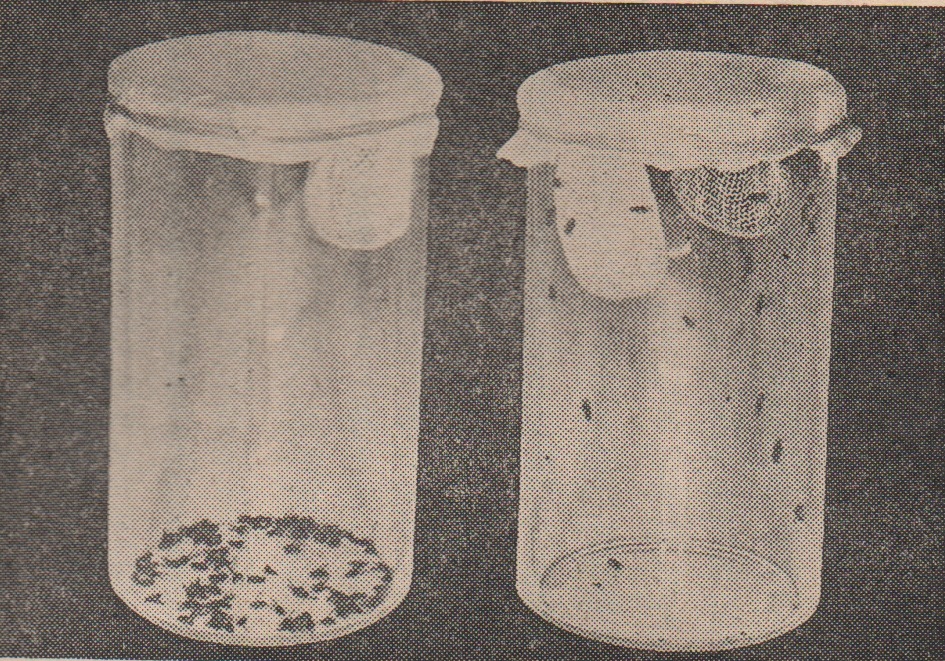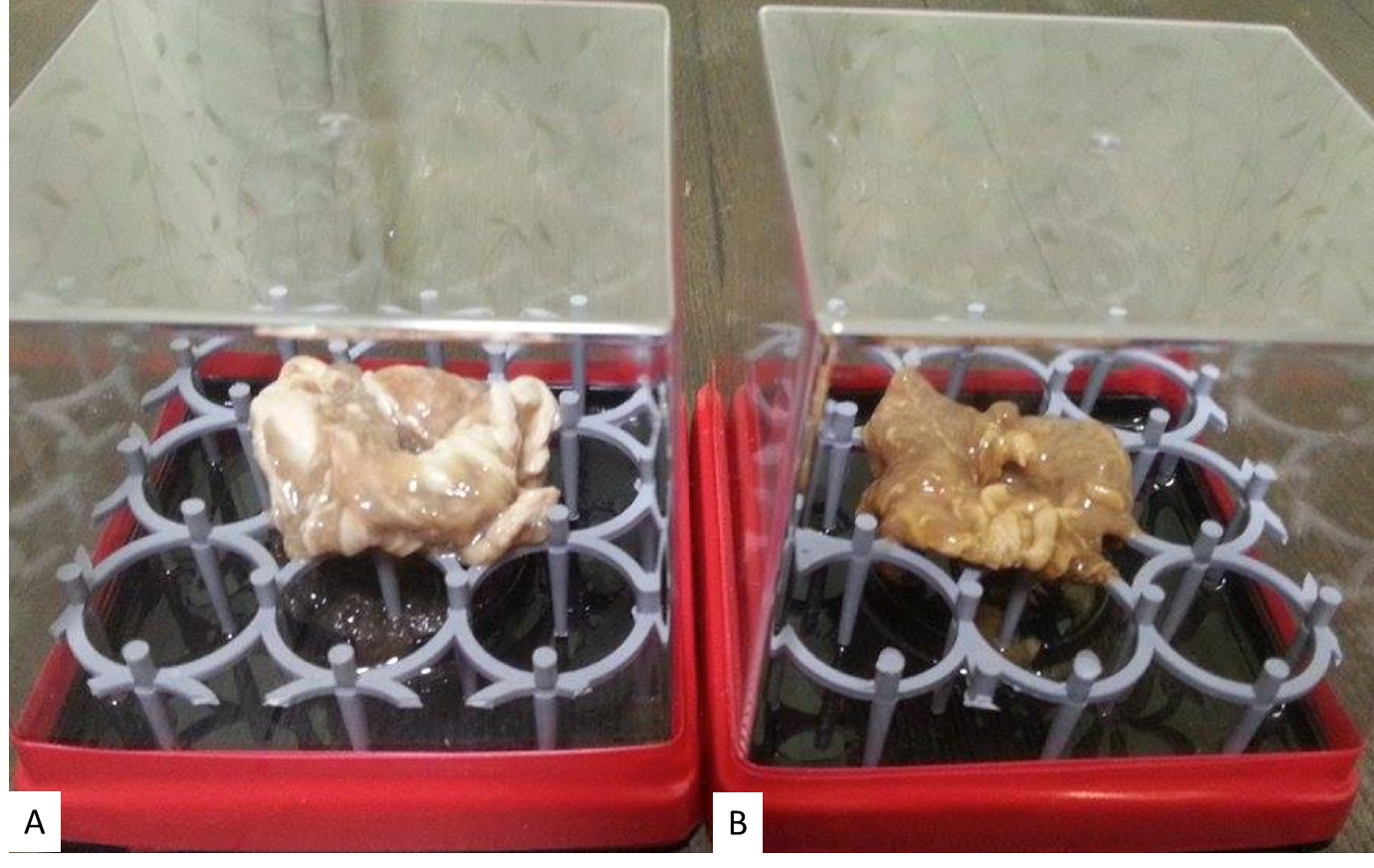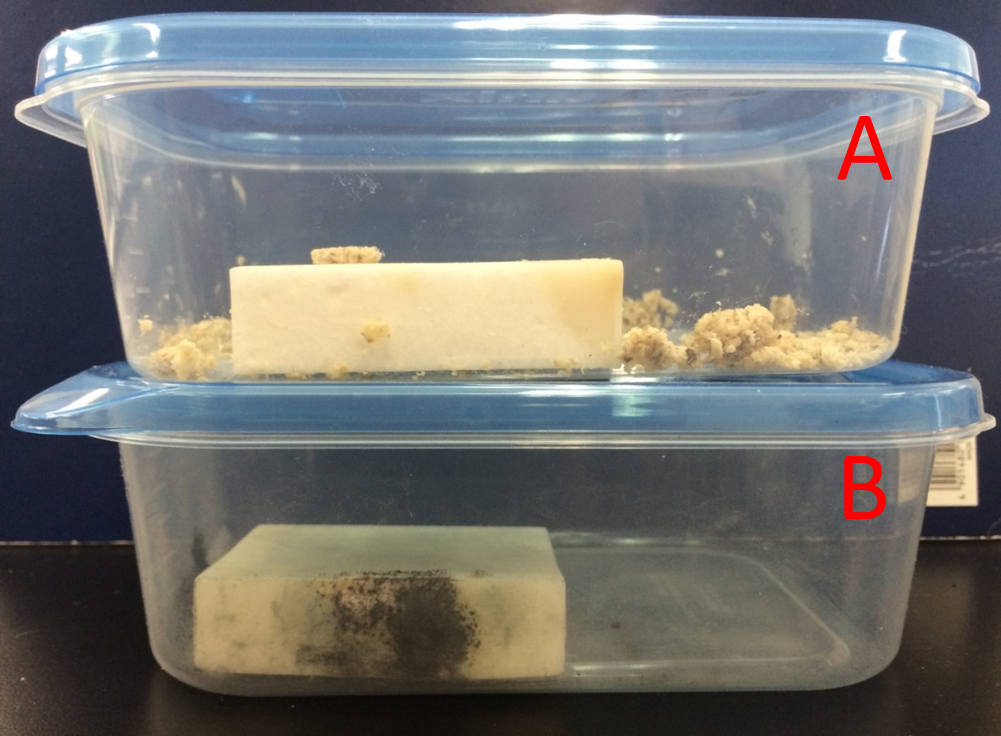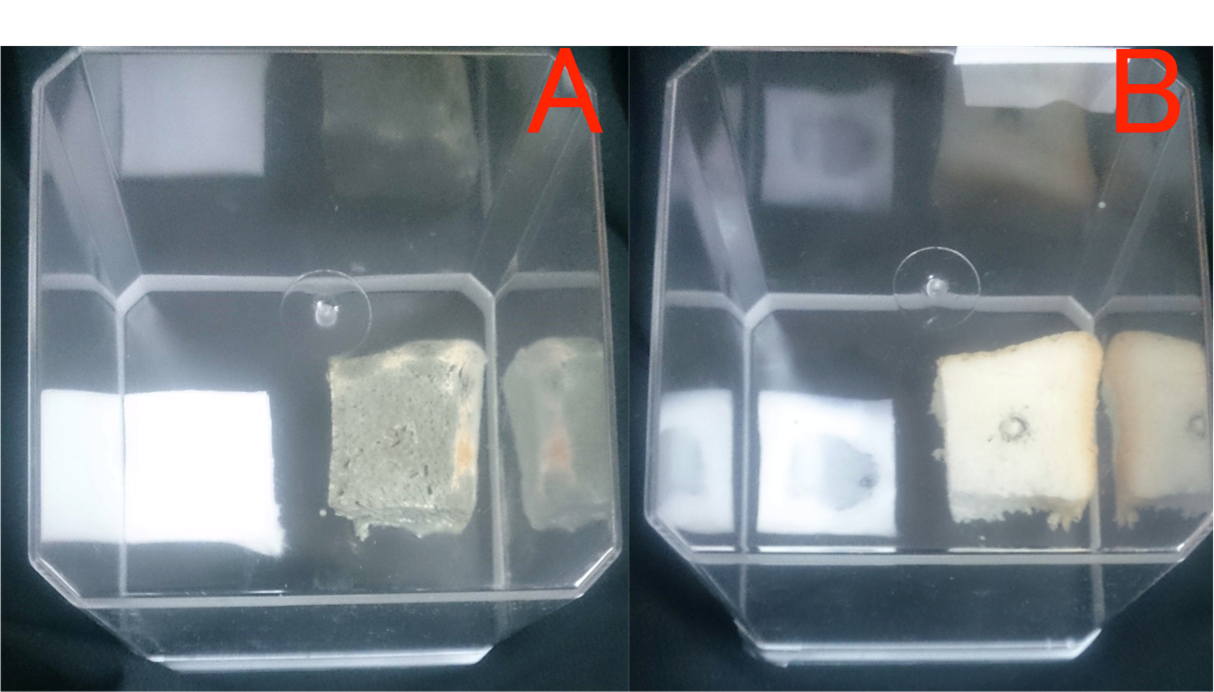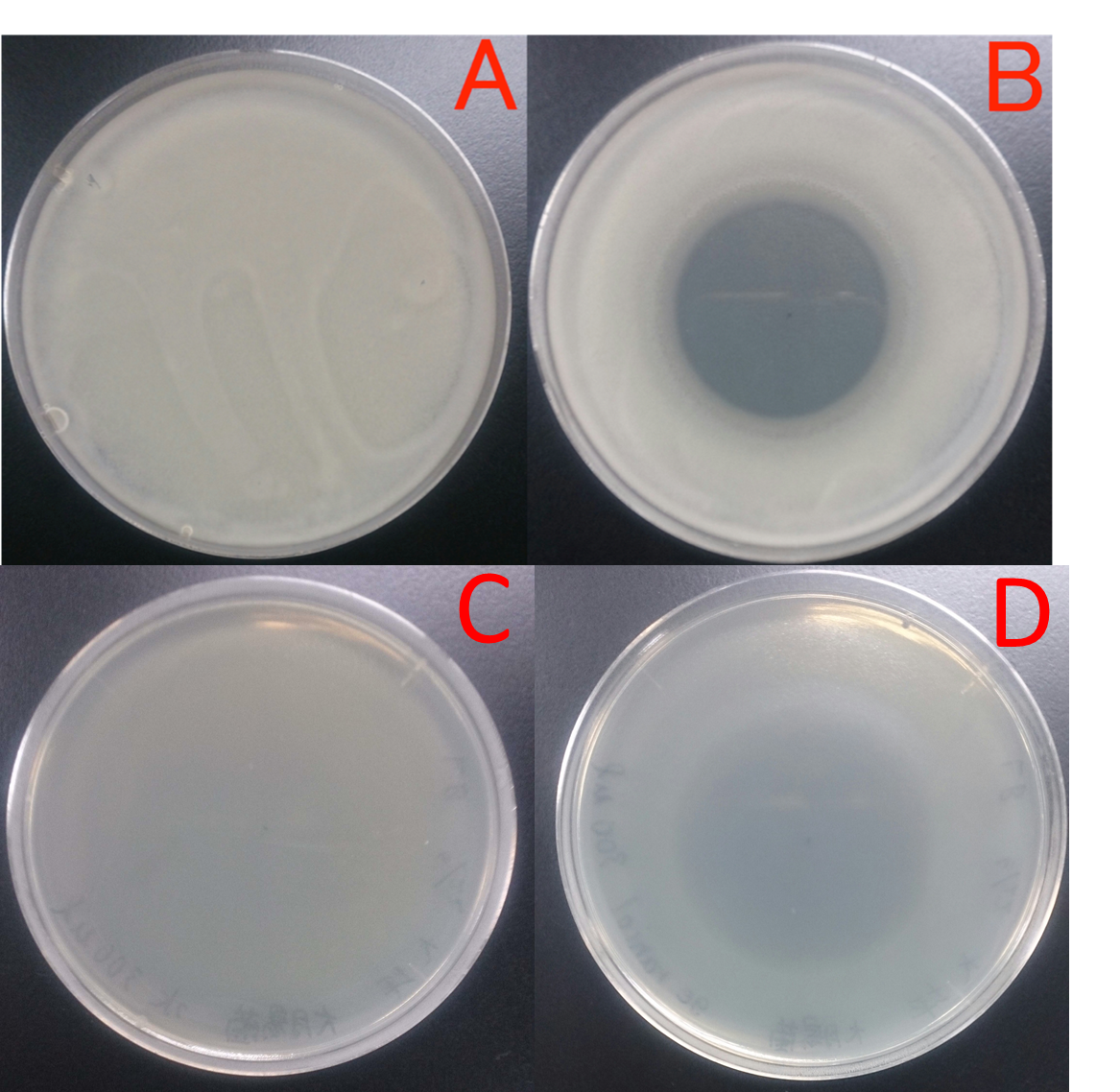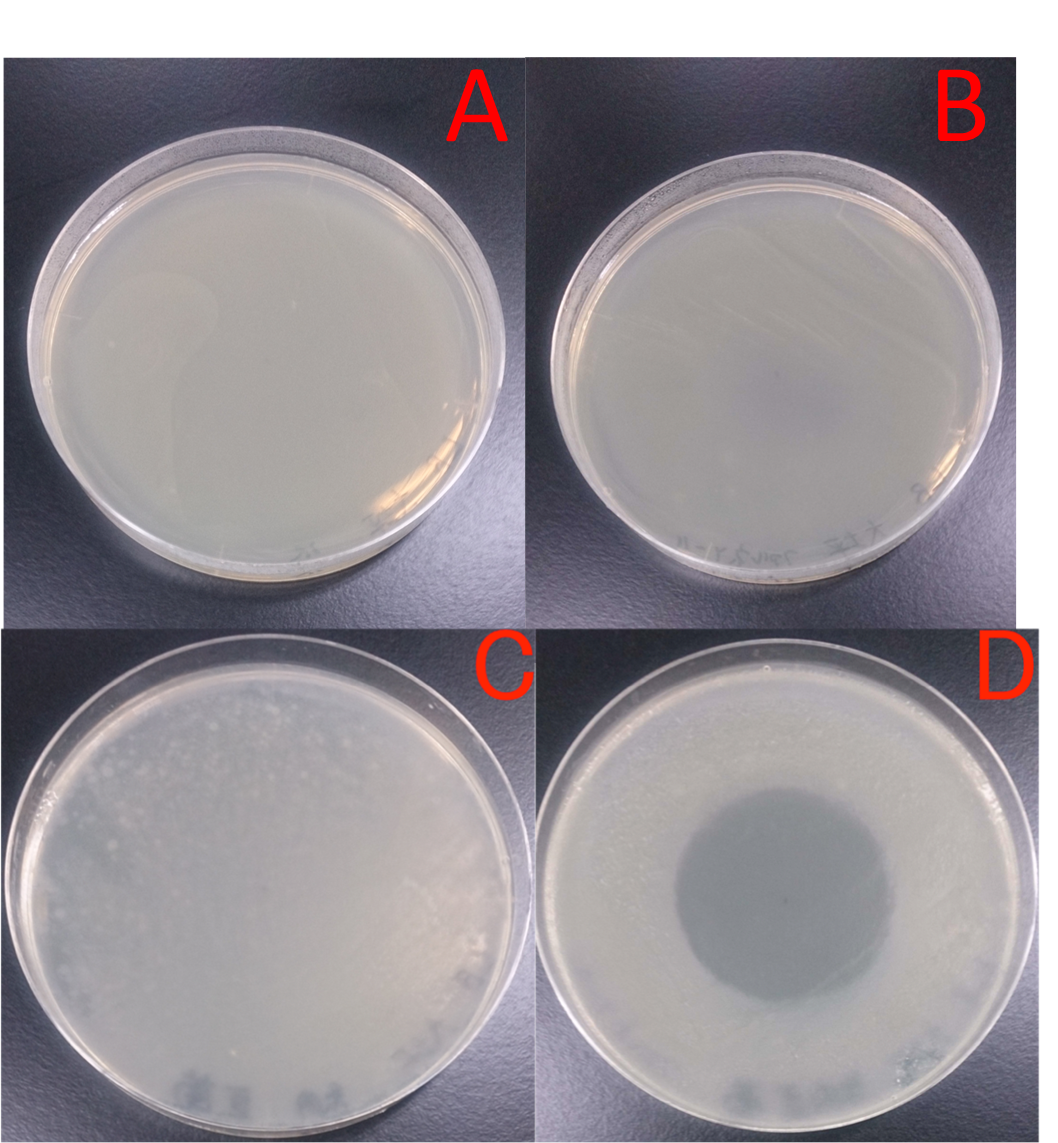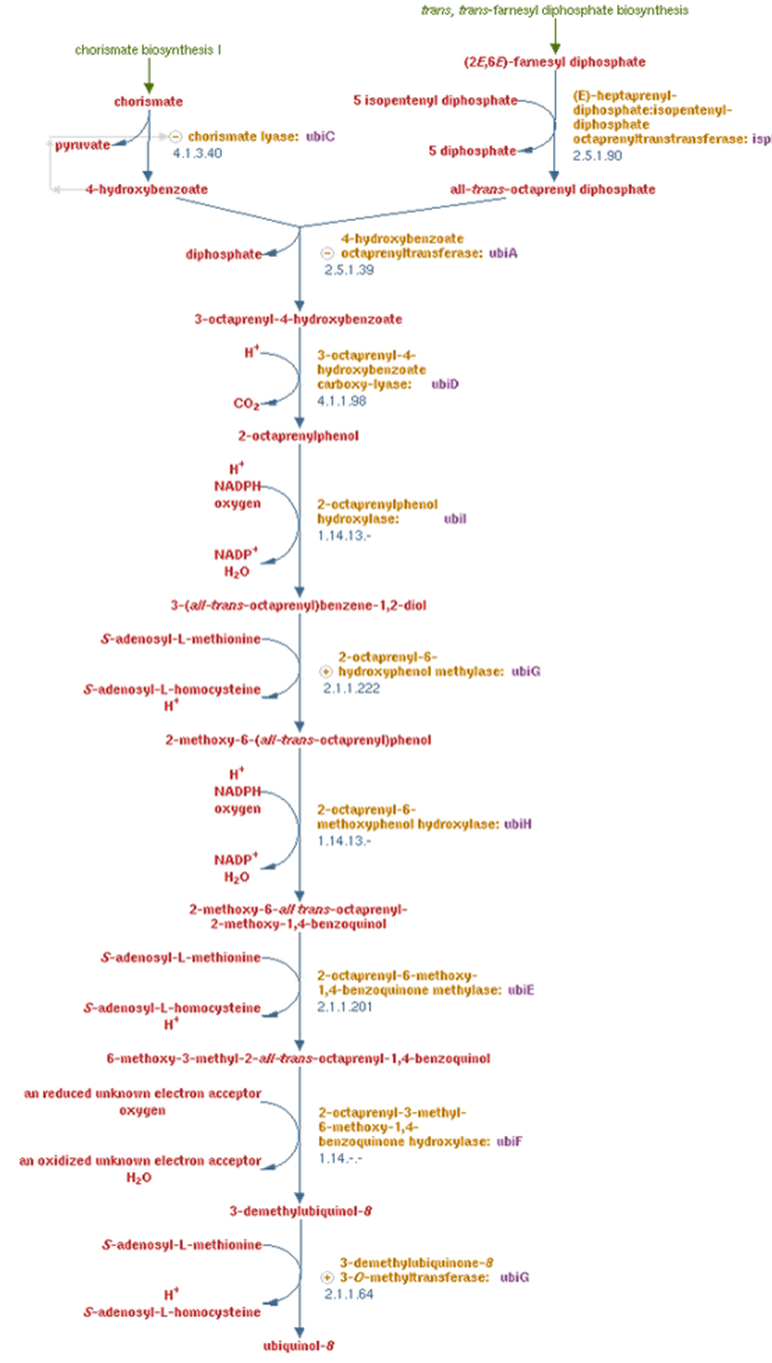Team:Nagahama/Description
Contents
- 1 ''香蔵庫 (KOZOKO): Flavorator ''
- 1.1 Abstract
- 1.2 What is Flavorator?
- 1.3 Terpene
- 1.4 Point①~A lot of terpenoid's precursor~
- 1.5 Point②~Produce terpens~
- 1.6 Point③~Release the products & Increase the antibacterial resistance~
- 1.7 Quinon pathway
- 1.8 Project Description
- 1.9 Our Design
- 1.10 Plasmid Map
- 1.11 Achievement
- 1.12 References
- 1.13 Thanks
''香蔵庫 (KOZOKO): Flavorator ''
New food preservation method by rose odor E. coli
Abstract
Food preservation is an important factor of the food problem. We considered a new food preservation method "Flavorator" to solve the food problem. "Flavorator" is a method of preserving food in an antimicrobial volatile substances (terpenoid: geraniol and farnesol) derived from plants. We tried to make "Flavorator" with recombinant E. coli. Here we show three things of our design to accomplish our goal. Fast, terpenoid's precursor are made by mevalonate (MVA) pathway or non-mevalonate (MEP) pathway. E. coli has MEP pathway. So we introduced rate-limiting enzyme genes of MEP pathway (ispDF, idi, dxs) to E. coll. Second, we introduced diphosphate synthase gene (ispA) and ispA mutant of S80F (m-ispA) with geraniol synthase gene from Ocimum basilicum (ObGES) to produce farnesol and geraniol respectively. Finally, we introduced MarA to release the products from cells and i ncrease the antibacterial substance resistance.
What is Flavorator?
Flavorator is a box to preserve food in a fragrance. It’s called Japanese “KOZOKO”. Then, what fragrance does we fill? It’s Plant’s one Such fragrance has antibacterial activities and bacteriostatic activities Geraniol and farnesol consist of rose flagrance are one of them At the same time some of these flagrances kill not only bacteria but also insects such as fruit fly, honeybee. These flagrance protects plants against natural enemy. We are sure, these function avoids food decay. And Flavorator will substitute for refrigerator.
We examined our working hypothesis to “Flavorator” that the volatile gaseous substances from plants’ origin can show either the antibacterial or bacteriostatic activity in a box like Kozoko.
Fragrance of Garlic
We prepared 20g pork and 5g garlic. We left the pork for an hour on the table and grated garlics. We spread the garlic grated on the pork (A). We left the two pork in the box at 18℃ for 2 month. Left pork (A) didn’t change the color. Right pork (B) changed Pink to Brown. We found from this result that fragrance of plants have antibacteril volatiles.
Fragrance of wasabi
Fragrance of Rose
Terpene
GOH
FOH
Point①~A lot of terpenoid's precursor~
Point②~Produce terpens~
Point③~Release the products & Increase the antibacterial resistance~
Quinon pathway
Project Description
We examined the antibacterial activity of volatile substance to realize Kozoko. The result suggested that volatile substance of the wasabi, rose, garlic and onion have antibacterial properties. We attempted to identify antibacterial volatile by literature search. Wasabi, rose, garlic and onion have Allyl isothiocyanete, geraniol, allicin, lachrymaltory-factor respectively.
Synthesis of antibacterial volatile has many complicated things, so the synthesis requires various enzymes and precursor. Further, We researched whether synthesis of antibacterial volatile will succeed or not in E. coli. The result, E. coli synthesize precursor of geraniol (geranyl diphosphate,GPP). We understood that E. coli can synthesize geraniol using one enzyme.
So, we designed system that biosynthesizes geraniol in E. coli.
We will transfer
1. geraniol synthase gene (from Ocimium basilicum).
2. isoprenoid pathway such as MEP pathway gene (dxs, ipsD, ispF, idi, ispA) to biosynthesize GPP that is precursor of geraniol.
3. positive transcription factor of AcrAB-TolC efflux pump gene (MarA) to enhance geraniol tolerance and export geraniol out of cells.
Our Design

DXP: 1-Deoxy-D-xylulose 5-phosphate. MEP: 2-C-methylerythritol 4-phosphate. CDP-ME: 4-diphosphocytidyl-2-C-methylerythritol. CDP-MEP: 4-diphosphocytidyl-2-C-methyl-D-erythritol 2-phosphate. MEC: 2-C-methyl-D-erythritol 2, 4-cyclodiphosphate. HMBPP: (E)-4-Hydroxy-3-methyl-but-2-enyl pyrophosphate. IPP: Isopentenyl pyrophosphate. DMAPP: Dimethylallyl pyrophosphate. GPP: geranyl diphosphate. FPP: farnesyl diphosphate.
Non-mevalonate (MEP) pathway synthesizes isopentenyl diphosphate (IPP) and dimethylallyl diphosphate (DMAPP).
It is the slightly complicated synthetic pathway with six intermediary metabolite before E. coli synthesizes IPP and DMAPP.
The pathway synthesizing same IPP and DMAPP includes a mevalonate path way.
The difference of these pathway is two.
The first difference starts material is the acetyl CoA of 3 molecules by the mevalonate pathway.
In contrast, the second starts material is pyruvic acid and Glyceraldehyde 3-phosphate by the MEP pathway.
The second difference.
Many bacteria and chloroplast of plants has the MEP pathway.
E. coli synthesizes IPP and DMAPP to produce terpene and β-carotene and quinone by MEP pathway.
Plasmid Map
We use these genes. It is the m-ispA which we improved to synyhesize only GPP not to synthesize FPP. GES ( geraniol synthase gene)derived from Ocimum Basilicum、we let E. coli overexpress transcription factor MarA letting the expression of pump that the film outside exhausts geraniol activate. (The below)MEP strengthening pathway. We can let E. coli make materials GPP of various terpenoids, FPP, GGPP in large quantities by strengthening MEP pathway.
Achievement
References
Jia Zhou. et al, 2014 "Engineering Escherichia coli for selective geraniol production with minimized endogenous dehydrogenation" Journal of Biotechnology 169, 42– 50
Chikara OHTO. et al, 2009 "Prenyl Alchol Production by Expression of Exogenenous Isopentenyl Diphosphate Isomerase and Farnesyl Diphosphate Synthase Genes in Escherichia coli" Biosci. Biotechnol. Biochem 73, 186-188
Asad Ali Shah. et al, 2013 "RecA-mediated SOS response provides a geraniol tolerance in Escherichia coli" Journal of Biotechnology 167, 357-364
Dijun Du. et al, 2014 "Structure of the AcrAB–TolC multidrug efflux pump" NATURE 509, 512-515
Asad Ali Shah, et al, 2013 "Enhancement of geraniol resistance of Escherichia coli by MarA overexpression" Journal of Bioscience and Bioengineering 115(3) , 253-258
Jing Zhao, et al, 2013 "Engineering central metabolic modules of Escherichia coli for improving β-carotene production" Metabolic Engineering 17, 42-50
Chonglong Wang, et al, 2010 "Farnesol Production From Escherichia coli by Harnessing the Exogenous Mevalonate Pathway" Biotechnology and Bioengineering 107(3), 421-429
Jean-Louis Magnard, et al, 2015 "Biosynthesis of monoterpene compounds in roses scent" Science 349, 81-83
Yoko Iijima, et al, 2004 "Characterization of Geraniol Synthase from the Peltate Glands of Sweet Basil" Plant Physiol 134, 370-379
Luke Z. Yuan, et al, 2006 "Chromosomal promoter replacement of the isoprenoid pathway for enhancing carotenoid production in E. coli" Metabolic Engineering 8, 79–90
Sang-Hwal Yoon, et al, 2009 "Combinatorial expression of bacterial whole mevalonate pathway for the production of β-carotene in E. coli" Journal of Biotechnology 140, 218–226
Jonathan K Dozier, et al, 2012 "An enzyme-coupled continuous fluorescence assay for farnesyl diphosphate synthases" Anal Biochem 421(1), 158–163
Pyung Cheon Lee, et al "Biosynthesis of Structurally Novel Carotenoids in Escherichia coli" Chemistry & Biology 10, 453–462
Pyung Cheon Lee, et al "Directed evolution of Escherichia coli farnesyl diphosphate synthase (IspA) reveals novel structural determinants of chain length specificity" Metabolic Engineering 7, 18–26
J.Grimberg, et al "A simple method for the preparation of plasmid and chromosomal E.coli DNA" Nucleic Acids Research 17, 8893
Thanks
Thank GenScript for synthesizing geraniol synthase gene.
GenScript helped us.
We really appreciate what you've did.
Project Description
Tell us about your project, describe what moves you and why this is something important for your team.
What should this page contain?
- A clear and concise description of your project.
- A detailed explanation of why your team chose to work on this particular project.
- References and sources to document your research.
- Use illustrations and other visual resources to explain your project.
Advice on writing your Project Description
We encourage you to put up a lot of information and content on your wiki, but we also encourage you to include summaries as much as possible. If you think of the sections in your project description as the sections in a publication, you should try to be consist, accurate and unambiguous in your achievements.
Judges like to read your wiki and know exactly what you have achieved. This is how you should think about these sections; from the point of view of the judge evaluating you at the end of the year.
References
iGEM teams are encouraged to record references you use during the course of your research. They should be posted somewhere on your wiki so that judges and other visitors can see how you though about your project and what works inspired you.
Inspiration
See how other teams have described and presented their projects:

